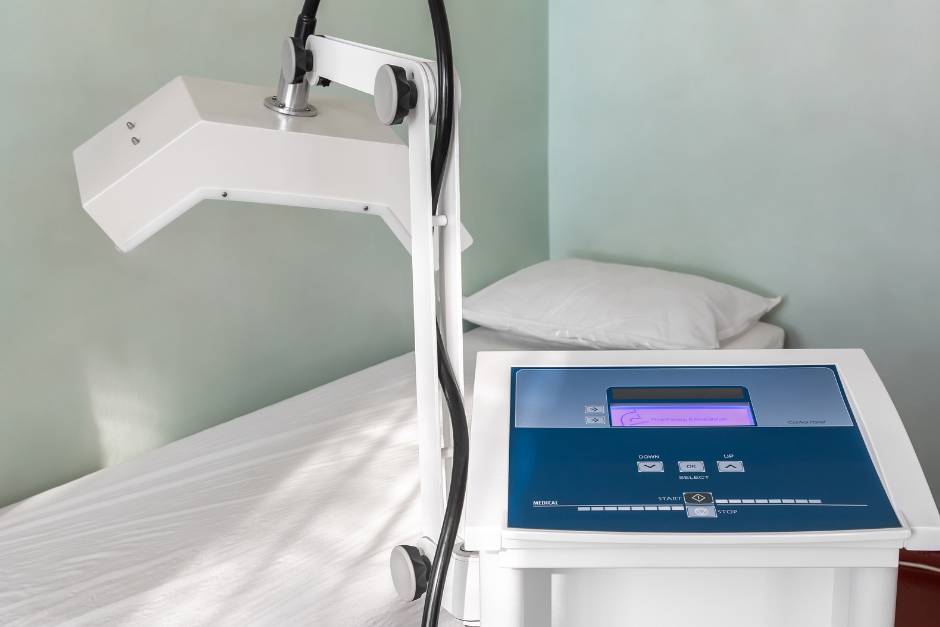The article provides a general overview of the existing legal framework, highlighting the key points to be considered by the parties interested in placing their products on the US market.

Table of content
The Food and Drug Administration (FDA or the Agency), the US regulating authority in healthcare products, has published a draft guidance document dedicated to evaluating the thermal effects of medical devices that produce tissue heating and/or cooling.
Once finalized, the guidance will provide an overview of the applicable regulatory requirements and additional clarifications and recommendations to be considered by medical device manufacturers and other parties involved to ensure compliance with it.
At the same time, it is essential to mention that provisions of the guidance are non-binding in their legal nature, nor are they intended to introduce new rules or impose new obligations.
Moreover, the authority explicitly states that an alternative approach could be applied, provided such an approach is in line with the existing legal framework. It has been agreed with the authority in advance.
Introduction
The Food and Drug Administration has issued the draft guidance document to provide the necessary information for premarket submissions regarding medical devices that alter tissue temperature through heating and/or cooling.
This guidance, intended for various application types, including premarket approval (PMA) and Investigational Device Exemption (IDE), aims to enhance the evaluation of thermal effects from medical devices.
By establishing recommendations that reflect current review practices, the FDA seeks to ensure consistency and streamline the review process for thermal effects data.

Scope of the Guidance
This document explicitly addresses medical devices that intentionally or unintentionally modify tissue temperatures, encompassing a broad spectrum of technologies such as radiofrequency and ultrasound devices, among others.
The guidance covers devices across various applications, including hyperthermia treatments and devices with electrical components that might heat up during use. It emphasises the necessity for thoroughly evaluating thermal effects irrespective of their intended use.
Evaluation of Thermal Effects
Evaluating thermal effects is vital for ensuring device safety and efficacy, given the potential for adverse health consequences, including tissue damage.
The FDA outlines a comprehensive approach for assessing these effects, recommending examining device parameters and tissue response to thermal exposure.
This evaluation can be conducted through various methods, including experimental, computational, and clinical studies, highlighting the importance of a multifaceted assessment strategy.
Detailed Evaluation Strategies
The document proposes a detailed framework for conducting thermal effects evaluations, suggesting verifying device parameters and assessing tissue and organ responses. Such assessment should consider the spread of thermal energy and its potential impacts, utilizing various experimental models and methodologies.
Furthermore, the FDA encourages early engagement through the Q-Submission Program, allowing for pre-submission feedback on study designs and evaluation approaches.
The Q-Submission Program described in the previous articles was introduced to facilitate communication between medical device manufacturers and the authority, presenting an opportunity to obtain feedback before submitting.
Standards and Documentation
The guidance references FDA-recognized consensus standards and emphasizes the importance of adhering to these standards in premarket submissions. It advises on including supporting documentation when declaring conformity to recognized standards.
It outlines the use of consensus standards within the regulatory submission process, reinforcing the role of established guidelines in facilitating the evaluation of thermal effects.
Regulatory Considerations
While highlighting the non-legally binding nature of guidance documents, this draft underscores the authority’s current perspective on thermal effects evaluation.
It offers insights into the regulatory landscape, advising on the submission process and encouraging the use of guidance documents as a resource for understanding FDA expectations regarding thermal safety assessments.
Conclusion
The present draft guidance for evaluating the thermal effects of medical devices represents a significant step towards standardizing the assessment process for devices that alter tissue temperatures. By providing detailed recommendations and encouraging early engagement with regulatory processes, the guidance aims to support the industry in navigating the complexities of thermal effects evaluation, ensuring that devices are both safe and effective for their intended uses.
How Can RegDesk Help?
RegDesk is a holistic Regulatory Information Management System that provides medical device and pharma companies with regulatory intelligence for over 120 markets worldwide. It can help you prepare and publish global applications, manage standards, run change assessments, and obtain real-time alerts on regulatory changes through a centralized platform. Our clients also have access to our network of over 4000 compliance experts worldwide to obtain verification on critical questions. Global expansion has never been this simple.
Want to know more about our solutions? Speak to a RegDesk Expert today!
–>
- SEO Powered Content & PR Distribution. Get Amplified Today.
- PlatoData.Network Vertical Generative Ai. Empower Yourself. Access Here.
- PlatoAiStream. Web3 Intelligence. Knowledge Amplified. Access Here.
- PlatoESG. Carbon, CleanTech, Energy, Environment, Solar, Waste Management. Access Here.
- PlatoHealth. Biotech and Clinical Trials Intelligence. Access Here.
- Source: https://www.regdesk.co/fda-draft-guidance-on-tissue-heating-cooling-devices-overview/
